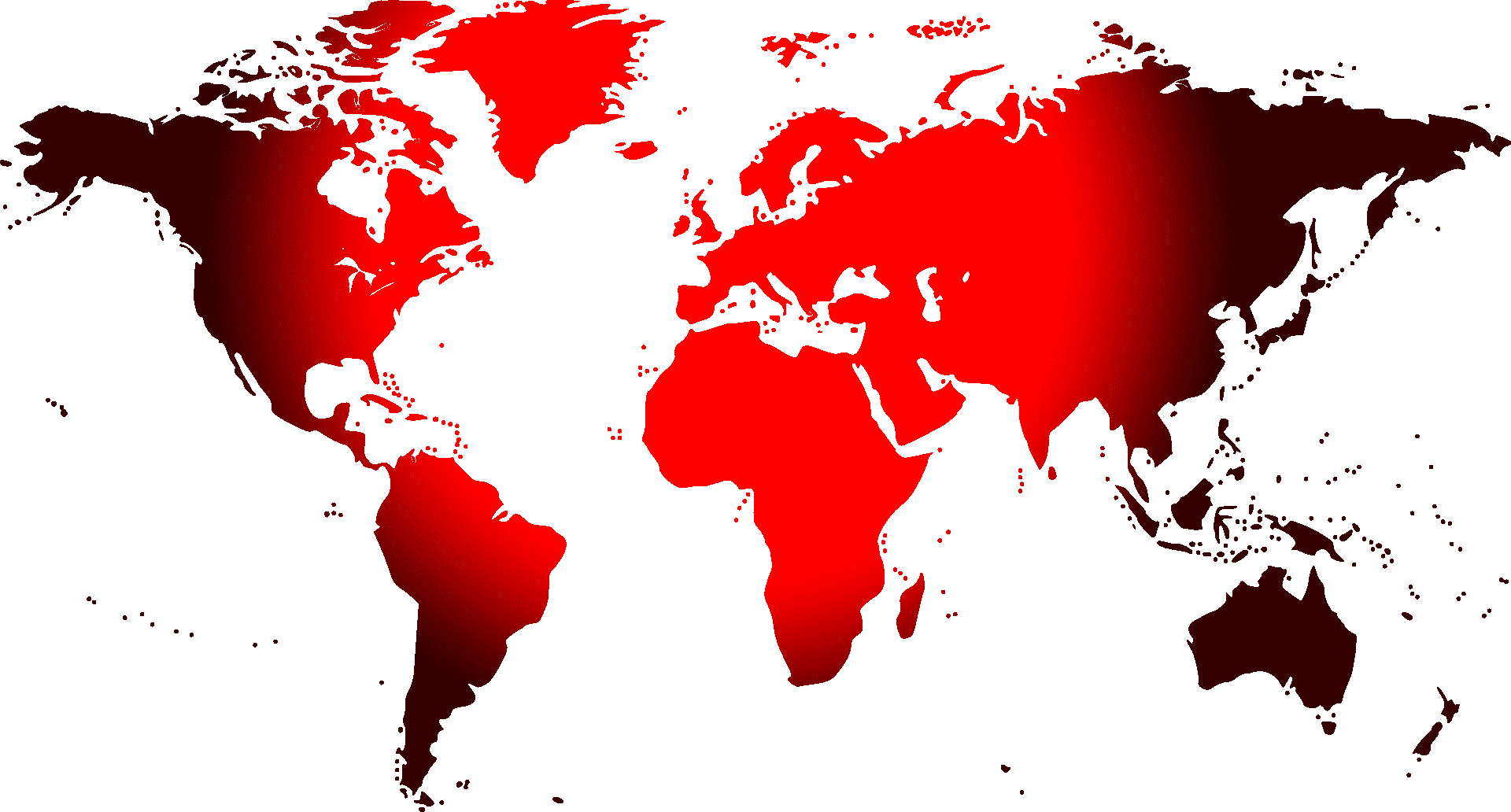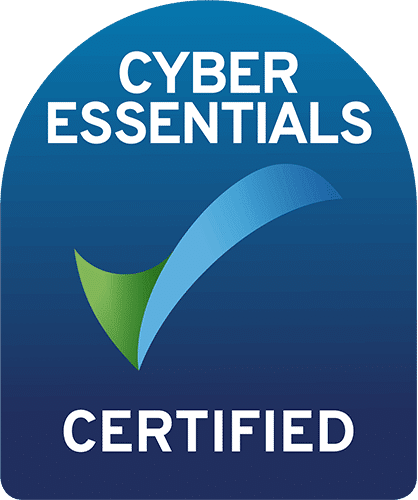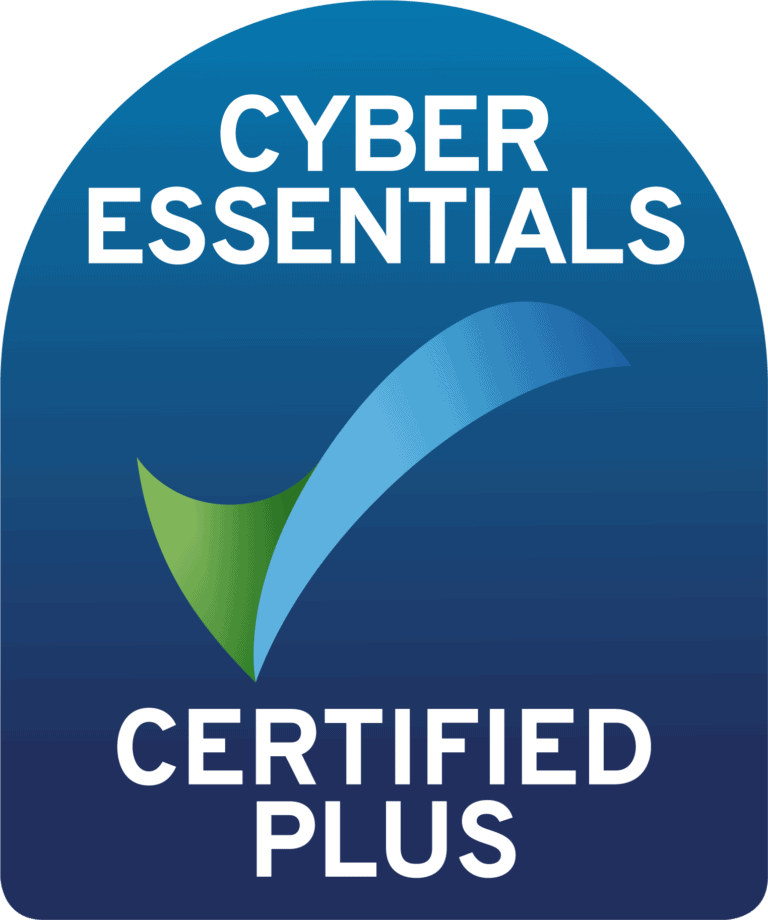The world is a collection of “things” whether its buildings, vehicles, devices or people, and with over 20 billion connected devices, the “Internet of Things” is transforming the world of business.
By utilising embedded software, smart sensore, actuator and network connectivity, a business can collect, exchange and analyse data in realtime, without human interaction.
Businesses around the world are recognising the potential that IoT offers them. In fact, 85% of companies we spoke to agreedbIoT will be “critical” for the future success of any organisation in their sector.
The ‘connected home’, the ‘connected car’, the ‘Internet of Everything’, and the ‘Industrial Internet of Things’. These terms are being talked about in everyday life as technology becomes more connected.
This impact on the way we live, and the way we work, is becoming more prevalent.















